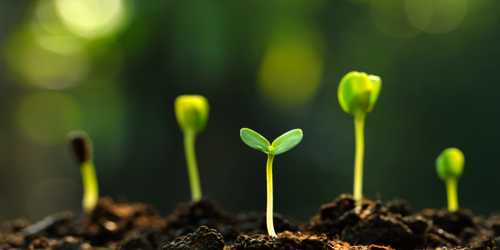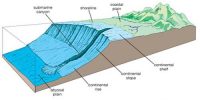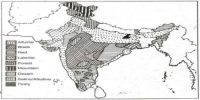Biological Activity: Soil Forming Factor
The intensity of bacterial activity shows up differences between soils of cold and warm climates. The vegetative cover and organisms that occupy the parent materials from the beginning and also at later stages help in adding organic matter, moisture retention, nitrogen etc. Dead plants provide humus, the finely divided organic matter of the soil. Some organic acids which form during humification aid in decomposing the minerals of the soil parent materials.
Humus accumulates in cold climates as bacterial growth is slow. With undecomposed organic matter because of low bacterial activity, layers of peat develop in sub-arctic and tundra climates. In humid tropical and equatorial climates, bacterial growth and action are intense and dead vegetation is rapidly oxidized leaving very low humus content in the soil. Further, bacteria and other soil organisms take gaseous nitrogen from the air and convert it into a chemical form that can be used by plants. This process is known as nitrogen fixation. Rhizobium, a type of bacteria, lives in the root nodules of leguminous plants and fixes nitrogen beneficial to the host plant. The influence of large animals like ants, termites, earthworms, rodents etc., is mechanical, but, it is nevertheless important in soil formation as they rework the soil up and down. In case of earthworms, as they feed on soil, the texture, and chemistry of the soil that comes out of their body changes.














